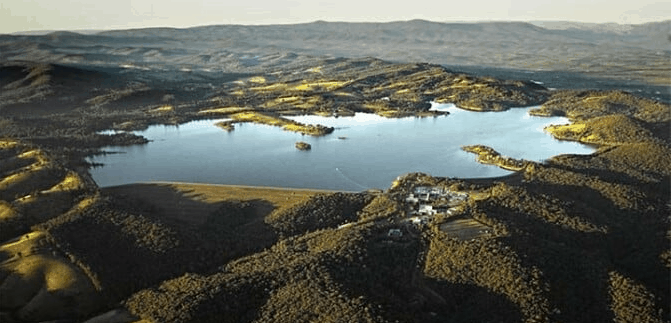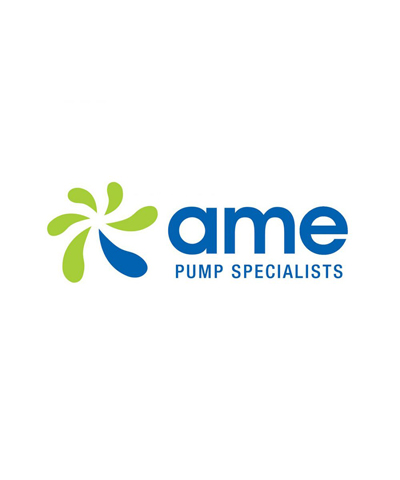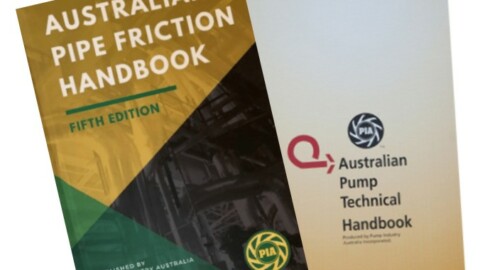By Melbourne Water
Melbourne Water has launched the first stage of an ambitious program to transform our water transfer network.
As the wholesale water supplier for Greater Melbourne, we distribute water to our retail water customers via a vast network of pipes, valves and service reservoirs spread out across the greater Melbourne Metropolitan area.
We are always exploring innovative ways to build on and improve our operational efficiencies as we do this. Customer experience is also central to the process.
At Melbourne Water we are continually looking to increase reliability and provide more information to retailers to optimise their operation.
To that end, we have introduced an exciting new program called Water Transfer Network Automation (WTNA).
Put simply, it will minimise pumping costs, chemical usage in the treatment process (through the smoothing of flows out of the treatment plants) and help us maximise operational knowledge.
Flattening flow peaks and troughs will reduce energy usage for the transfer and treatment of our water supply.
The problems and finding a solution

Automation Team Leader at Melbourne Water, Russell Riding.
Previously, pumping was carried out at various times of the day depending on local requirements which caused some energy use inefficiencies.
Also, the transfer of water didn’t always account for any effects the variance in flow rates had on the water treatment plant supplying the source water and the correlating energy needed for the treatment process. This could result in additional and unnecessary power usage.
Melbourne Water addressed these issues head-on – went to market with an expression of interest to determine the way forward – and chose the product AquAdvanced® Energy (AAE) by Suez.
The Water Transfer Network Automation Project was launched!
Technology to remotely monitor and control sites
Automation Team Leader at Melbourne Water, Russell Riding, said the AAE software package works in conjunction with Melbourne Water’s Supervisory Control and Data Acquisition (SCADA) system.
This software is used to remotely monitor and control field-based sites and equipment such as pumping stations and water treatment plants.
“The system is able to assess the whole network every half hour and uses hydraulic demand modelling and inbuilt analytics to make any necessary adjustments to time-based scheduling across the entire system.
The technology will allow the bulk of our water transfer system to be automated,” Mr Riding said.
Phase 1 of the project involved a data collecting activity of all of the potential operational constraints and knowledge held by the local teams, and along with Melbourne Water’s hydraulic demand model, was used to create an offline solution for bench testing.
The offline solution was then developed for a small part of the network to check viability and to assess potential benefits.
It took about three months to complete. The results were positive, showing clear energy savings with the smoothing of flows out of the major treatment plants.
This intel was subsequently used to build the business case for implementation. Phase 2 commenced in 2019, and the offline solution was deployed for operational application – on a site-by-site basis across one of our critical transfer networks, the Winneke-Preston transfer network.
This involved new ways of operating within the control system at each offtake asset. Once again, all signs were positive.

The results
In June 2020, since commissioning the system across the whole of our Winneke-Preston transfer network, the technology has consistently delivered; more water is being shifted using less power, there are smoother flows out of the main treatment facility and more reliable transfer operations.
AquAdvanced® energy uses a schedule-based system in 30-minute blocks for each supply asset to work out the water movements across the network.
The system incorporates a version of Melbourne Water’s hydraulic network demand model so that it has a starting point for the required volumes that need to be transferred.
Also built into the solution are optimal water levels for all reservoirs and tanks, and the energy cost profiles for each site.
This allows the system to “load shift”, ensuring pumping is carried out at the lowest possible electricity price point.
The benefits to Melbourne Water’s transfer network are large and the flow-on gains to our customers are many. This system also compliments our innovative use of 14 hydro-electricity plants in our water supply network, which can generate up to 69,500 megawatt hours of electricity each year.
These power stations generate energy from the flow and pressure of moving water, and feed it back into the electricity grid. Another three mini-hydro plants are in the pipeline and when complete will generate an extra 7,000 megawatt hours of electricity per year.
With automation of the Melbourne Water water transfer network well underway at our Winneke-Preston network corridor, the second phase will focus on Tarago-Cardina in early 2021, and then Silvan-Greenvale network in mid-2021.
For the Melbourne Water workforce, this makes us nimbler, more efficient, introduces our operators to ‘skills for the future’, and once again puts us at the cutting edge in the use of innovative technology for our operations.


















